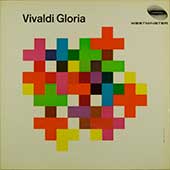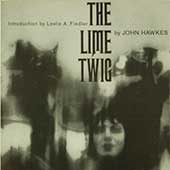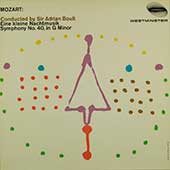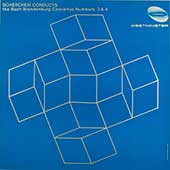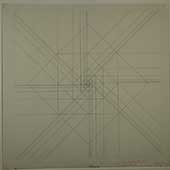Rudolph de Harak
An influential artist and environmental designer, Rudolph de Harak (1924–2002) was known for making the complex seem simple and for adding a spark of life to Modernism.
Born in Culver City, California, de Harak moved to New York with his family in the 1930s, where he attended trade school. After serving in World War II, de Harak took a job as an art director at Seventeen magazine. In 1952 he opened his own design office. Despite having created hundreds of posters, record covers and book jackets-including nearly 350 covers for McGraw-Hill, de Harak soon found himself teaching at the Cooper Union to make ends meet. During the ’60s de Harak’s reputation grew, earning him many prominent projects, many of which remain as effective and admired as when they were new, including the timeline and typographic displays for the Egyptian Wing of the Metropolitan Museum of Art, and the three-story digital clock and futuristic entryway of 127 John Street in Manhattan. While in his late 60’s, de Harak moved to Maine to live with his wife in the house they designed. He received an AIGA medal for lifetime achievement in 1993.
Forester, Russel. “Rudolph de Harak,” Graphis, 343, Jan./Feb. 2003, 93.


